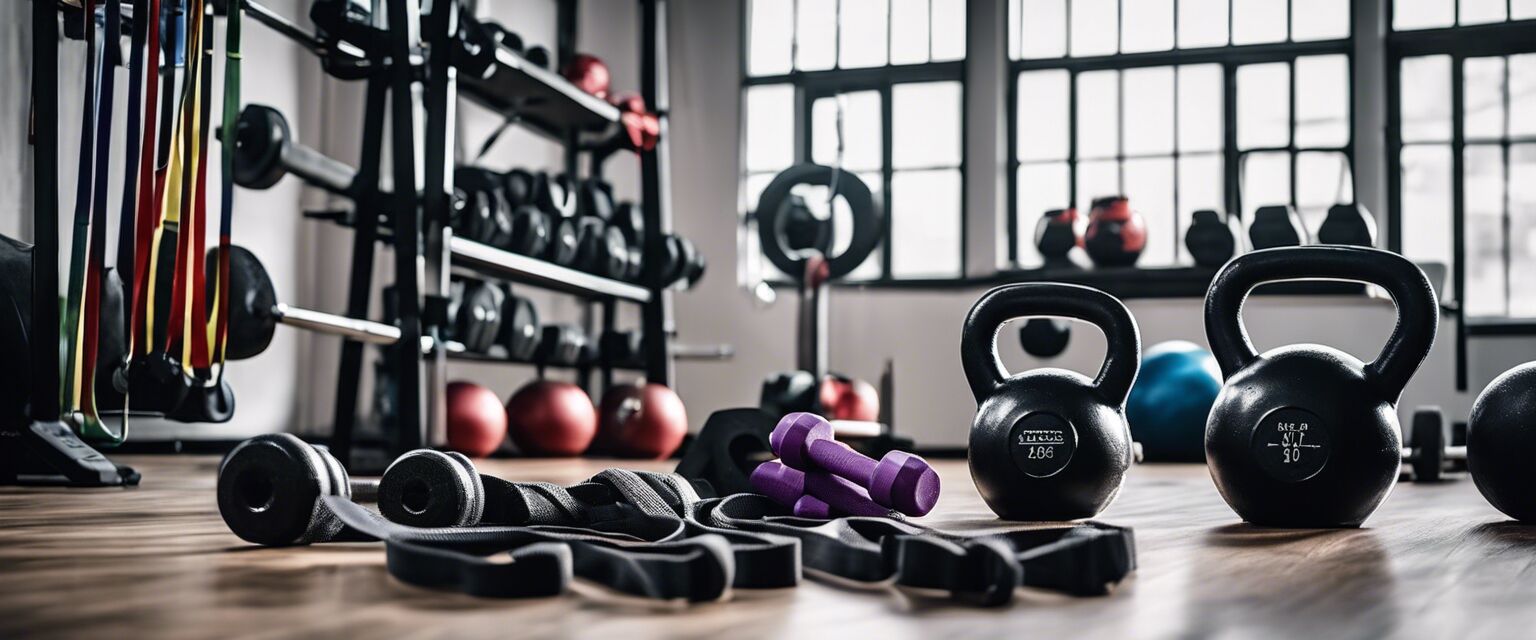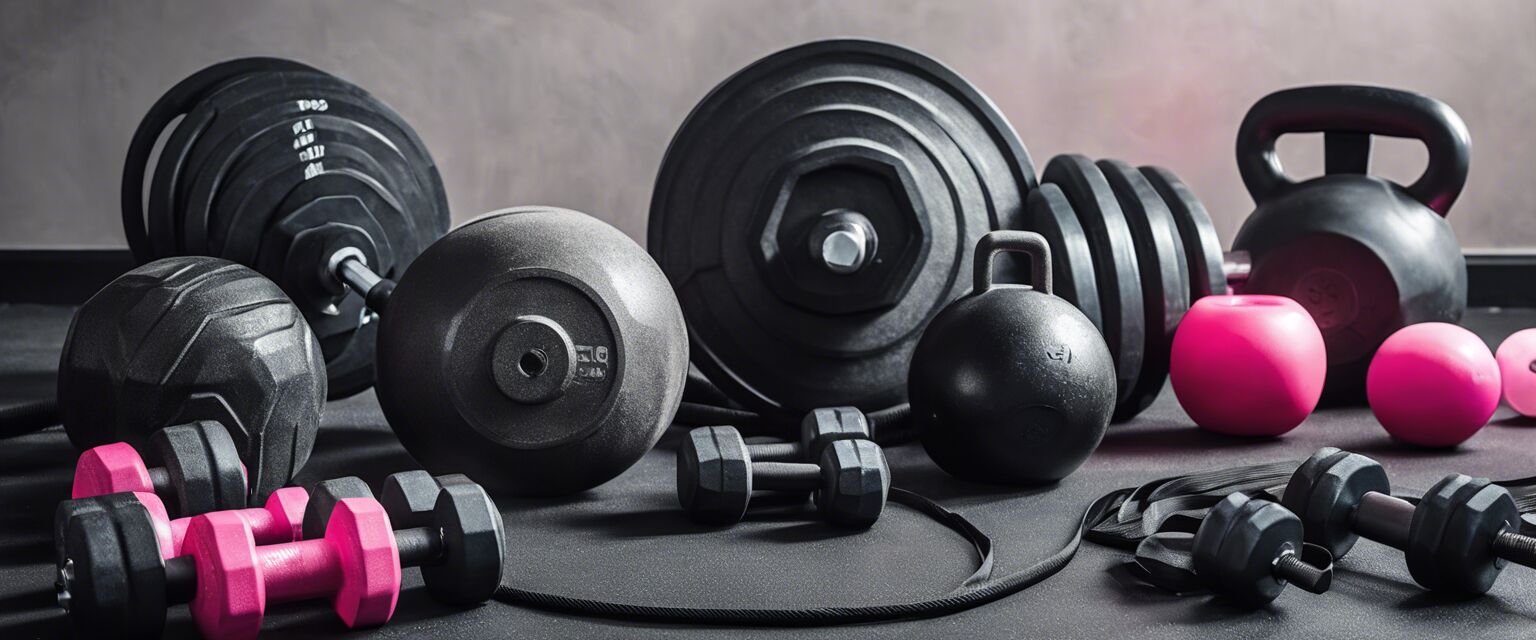
Strength Training Fundamentals
Key Takeaways
- Strength training is beneficial for all women, regardless of fitness level.
- Proper form and technique are crucial to prevent injuries.
- Consistent training combined with progressive overload leads to optimal results.
- Strength training can help improve muscle tone and increase metabolism.
Strength training is a cornerstone of a well-rounded fitness routine, especially for women looking to enhance their strength, posture, and overall health. This article will explore the fundamentals of strength training, emphasizing principles important for women to consider when incorporating strength exercises into their lives.
What is strength training?
Strength training, also known as resistance training, involves exercising muscles against an opposing force. This can be achieved using free weights, machines, resistance bands, or even body weight. The primary goal of strength training is to build muscle strength and endurance, which supports daily activities and enhances overall fitness.
Benefits of strength training for women
| Benefit | Description |
|---|---|
| Improves muscle tone | Regular strength training helps develop lean muscle mass, giving a toned appearance. |
| Increases metabolism | More muscle tissue boosts metabolic rate, aiding in weight management. |
| Enhances bone health | Strength training improves bone density, reducing the risk of osteoporosis. |
| Boosts mental health | Active participation in strength training can lead to reduced symptoms of anxiety and depression. |
Principles of strength training
Understanding some foundational principles of strength training is essential to maximizing your workout and fostering a safe environment.
Progressive overload
Progressive overload means gradually increasing the amount of weight or resistance during exercises over time, which can lead to muscle growth and increased strength. Here are some methods to apply progressive overload:
- Increase weight lifted by 5-10% each week.
- Increase the number of repetitions or sets.
- Change the tempo of your exercises.
- Decrease rest time between sets.
Proper form and technique
Maintaining proper form during exercises is crucial to prevent injuries and ensure maximum effectiveness. Here are some tips to maintain proper form:
- Engage your core to provide stability.
- Keep your joints aligned properly.
- Avoid using momentum; control your movements.
- Learn from instructional videos or a trainer.

Consistency
Consistency is key to seeing results. Aim for at least 2-3 strength training sessions per week, targeting all major muscle groups over time. Creating a workout routine can help in maintaining consistency. Here’s an example of a simple weekly routine:
| Day | Workout Focus |
|---|---|
| Monday | Upper Body |
| Wednesday | Lower Body |
| Friday | Core & Overall Strength |
Types of strength training equipment for women
Choosing the right equipment can significantly enhance your strength training experience. Below are some of the most popular types of strength training equipment designed for women:
Beginner's section: Choosing your equipment
- Adjustable dumbbells: Versatile and space-saving, adjustable dumbbells are perfect for various exercises.
- Kettlebells: Great for functional strength and can incorporate cardio into your routine.
- Resistance bands: Ideal for beginners and those looking for a lightweight option.
- Weight benches: Essential for performing a range of strength training exercises safely.
Nutrition for strength training
Pairing good nutrition with strength training is critical for reaching your fitness goals. Here are some general guidelines:
- Focus on lean protein sources to support muscle repair.
- Incorporate healthy fats for energy.
- Stay hydrated before, during, and after workouts.
Common mistakes in strength training
Being aware of common mistakes can help you avoid setbacks. Here are a few to watch out for:
- Skipping warm-up exercises.
- Neglecting proper breathing techniques.
- Ignoring soreness and overtraining.
- Failing to track progress.
Pros
- Increases total body strength.
- Improves overall physical fitness.
- Offers a variety of workout options.
- Enhances body composition.
Cons
- Can lead to injury if not performed correctly.
- Requires commitment and consistency.
- May need guidance when starting out.

Embracing strength training can significantly impact your fitness journey. Understanding the fundamentals, working on form and technique, and choosing suitable equipment will empower you on the path to personal growth. Remember that building strength takes time, but with consistency and dedication, the results will follow.










